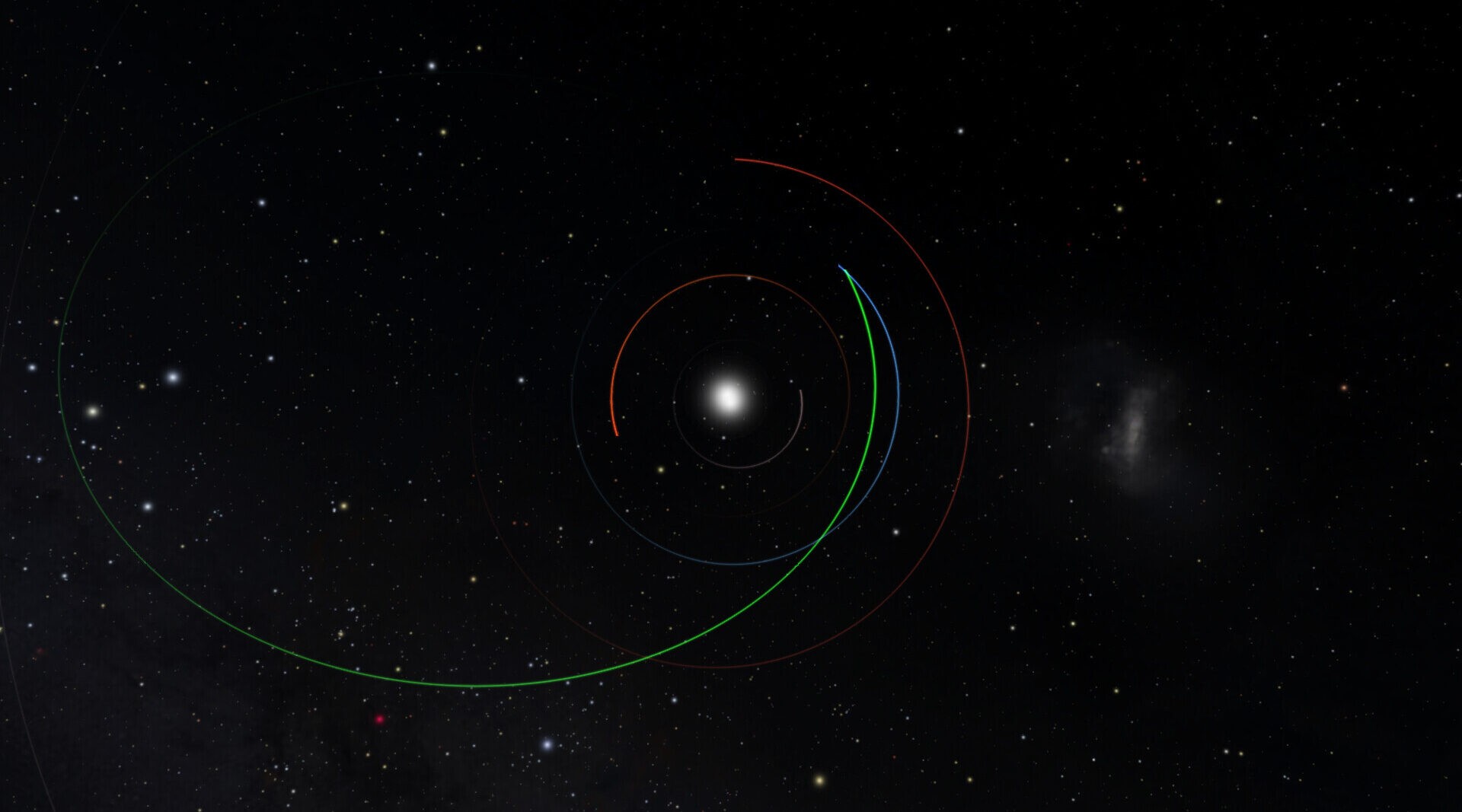New Algorithm Developed for Rubin Ensnares its First Asteroid
A team from the University of Washington's DiRAC Institute has developed a new asteroid-discovery algorithm to use with future data from Rubin Observatory, and they just discovered their first new near-Earth asteroid while testing the algorithm on an existing data set.
The newly-discovered "potentially hazardous" asteroid is about 600 feet (183 meters) long, and it poses no risk to Earth for the foreseeable future…which is good to know. In fact, that's why optimizing Rubin's ability to detect near-Earth asteroids is so important — the better we can monitor the space rocks in Earth's vicinity, the safer our planet will be.
Scientists will discover millions of new asteroids with Rubin data, but Rubin isn’t designed only to be an asteroid-finding machine—it will advance many different areas of astronomical science. The next-generation algorithm used to find this asteroid, called HelioLinc3D, boosts scientists' ability to identify new near-Earth asteroids using Rubin data, so scientists will be able to keep track of more nearby space rocks than ever before.
Congratulations to the solar system software team at UW for this exciting discovery! To learn more about it, read their press release.

